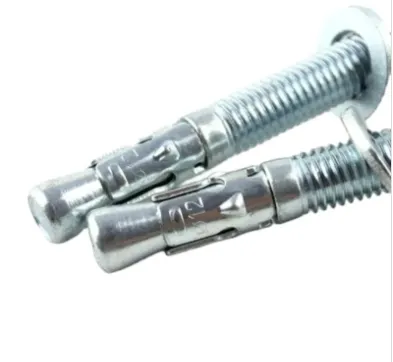Dec . 05, 2024 15:03 Back to list
two types of clamps
Two Types of Clamps An Essential Tool in Various Industries
Clamps are indispensable tools utilized across a myriad of industries, from woodworking to metalworking, and even in hobbies such as crafting and DIY home improvement projects. They serve a vital purpose to securely hold materials together during operations such as cutting, gluing, or welding. While there are many types of clamps available, two of the most widely used categories are the C-clamp and the F-clamp, each with unique features that make them suitable for different applications.
C-Clamps
C-clamps, also known as G-clamps, are one of the most recognized types of clamps. Their design is characterized by a C-shaped frame with a fixed jaw and a movable threaded screw that allows for easy adjustment to apply pressure. C-clamps are highly versatile and can hold various materials, such as wood, metal, or plastic, making them ideal for numerous tasks.
One of the primary advantages of C-clamps is their simplicity. They require little setup and can be quickly adjusted to different thicknesses, making them time-efficient. Due to their robust construction, C-clamps can withstand significant pressure, making them suitable for heavy-duty applications. They are often used in woodworking to hold pieces together while glue dries or in metalworking to secure workpieces during welding.
However, C-clamps do have their limitations. Their clamping capacity can be restricted by their size, and they may not always provide uniform pressure across the surface of the materials being clamped. Additionally, if not used carefully, C-clamps can mar the surface of softer materials, leaving indentations or scratches.
F-Clamps
two types of clamps

F-clamps, also known as bar clamps or sliding clamps, offer a different approach to clamping. They feature a long bar with two jaws that slide along its length, allowing for a much larger clamping capacity. The unique design of F-clamps permits users to apply significant pressure evenly across a broad surface area, which is particularly beneficial for larger projects.
One notable advantage of F-clamps is their ability to accommodate various widths of materials easily. By simply sliding the movable jaw along the bar, they can be adjusted to hold large and odd-shaped items securely. This versatility makes them particularly valuable in woodworking, where larger panels or multiple boards need to be glued together flat.
F-clamps also tend to provide more even distribution of pressure, reducing the risk of damage to softer materials. They are particularly favored in cabinet making, furniture assembly, and other applications where precision is crucial. However, while F-clamps excel in securing larger items, they can be bulkier and may require more space than C-clamps, which can be a disadvantage in cramped working environments.
Conclusion
In summary, both C-clamps and F-clamps are essential tools in the world of manufacturing, crafting, and construction. C-clamps are favored for their simplicity and robustness, making them ideal for smaller and simpler tasks. In contrast, F-clamps shine in larger applications, offering versatility and even pressure distribution.
Choosing between these two types of clamps depends on the specific needs of the project at hand. Understanding the strengths and limitations of each type empowers users to select the right clamp for their unique requirements, ensuring efficiency and precision in their work. Whether you are a professional tradesperson or a DIY enthusiast, having both C-clamps and F-clamps in your tool arsenal can greatly enhance your ability to tackle a wide range of tasks effectively.


